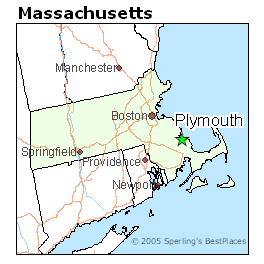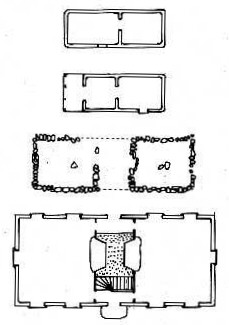In addition to the article focused on the historical devastation after the earthquake in Italy, I also felt that the Time's article showed the importance of historical preservation, because it helps us to understand our current situation and how we got to this point. Namely, how the historical lives of African Americans contributed to the social inequality present in modern American society.
The article begins with a discussion of how activists are participating in the political area in order to create change. For example, Black Lives Matter members arranged a meeting with the 2016 presidential candidate Hillary Clinton, as well as questioned her at an Atlanta campaign stop concerning legislation to further their cause. As the article proceeds, the reader finds that the protesters actions had a significant impact on Secretary Clinton when she add stances such as promoting the use of body cameras on police officers, "[denouncing] mass incarceration", and "[refusing] donations from private-prison lobbyists". Further, the activists work continued to sweep the nation using various methods to address not only police brutality, but also other social issues "from gender inequality to the minimum wage to housing and education policy".
From there, the article then discusses the "accidental" roots of the movement. More specifically, Alicia Garza tweeted “Black people. I love you. I love us. Our lives matter.” after the acquittal of George Zimmerman. Her friend, Patrisse Cullors, later created the hashtag that would transcend the nation. Since the creation, the Black Lives Matter movement has gained momentum through both physical demonstrations and social media resulting in "nearly 30 official chapters, including an outpost in Canada". One of the most active sites of the movement is college campuses. For example, football players at the University of Missouri boycotted the team after the system president "[failed] to address allegations of racism on campus". He was removed shortly there after.
Although the effects of the Black Lives Movement is contested amongst various groups, there is no question that the movement has made a significant impact on American culture. In order to move forward we must first recognize where we are and how we got there. As I previously mentioned to do this we have to understand where we went wrong and how we can improve. This relates to "Parting Ways', because methods used in the reading can restore and preserve lost information about the condition of African Americans in the past. Additionally, the movement promotes the idea that black lives matter both in the past, present, and future. "Parting Ways" is an example of how historians can preserve the history of all people, no matter their race.
Altman, Alex. "Black Lives Matter."Time, 2016. Retrieved from http://time.com/time-person-of-the-year-2015-runner-up-black-lives-matter/. Accessed 3 February 2017.
 I actually looked up how much 27 dollars was worth in 2017. It's a little over 530 dollars, That is probably the poorest I can imagine some people to be living with, only that value worth of assets to continue your life off of.
I actually looked up how much 27 dollars was worth in 2017. It's a little over 530 dollars, That is probably the poorest I can imagine some people to be living with, only that value worth of assets to continue your life off of.
 This shotgun house is a clear reminder of the African culture they were able to preserve and allow us to see their significance in a Anglo American dominated society
This shotgun house is a clear reminder of the African culture they were able to preserve and allow us to see their significance in a Anglo American dominated society


 Just like what they are saying in this paragraph to reading architecture , you have to be specially oriented. The way i connect this piece of writing to my supplemental analysis is through this picture. The developers looks at what the community of dekalb county they were looking at and see where people spent the most money. They saw they would need apartments for the growing population but also shopping centers because you need somewhere to buy groceries and clothing. What they did not think about though were the underground problems. Where they could build this complex. Where it was needed. By the sewer system, this would not be the place unless someone made room for them.
Just like what they are saying in this paragraph to reading architecture , you have to be specially oriented. The way i connect this piece of writing to my supplemental analysis is through this picture. The developers looks at what the community of dekalb county they were looking at and see where people spent the most money. They saw they would need apartments for the growing population but also shopping centers because you need somewhere to buy groceries and clothing. What they did not think about though were the underground problems. Where they could build this complex. Where it was needed. By the sewer system, this would not be the place unless someone made room for them.